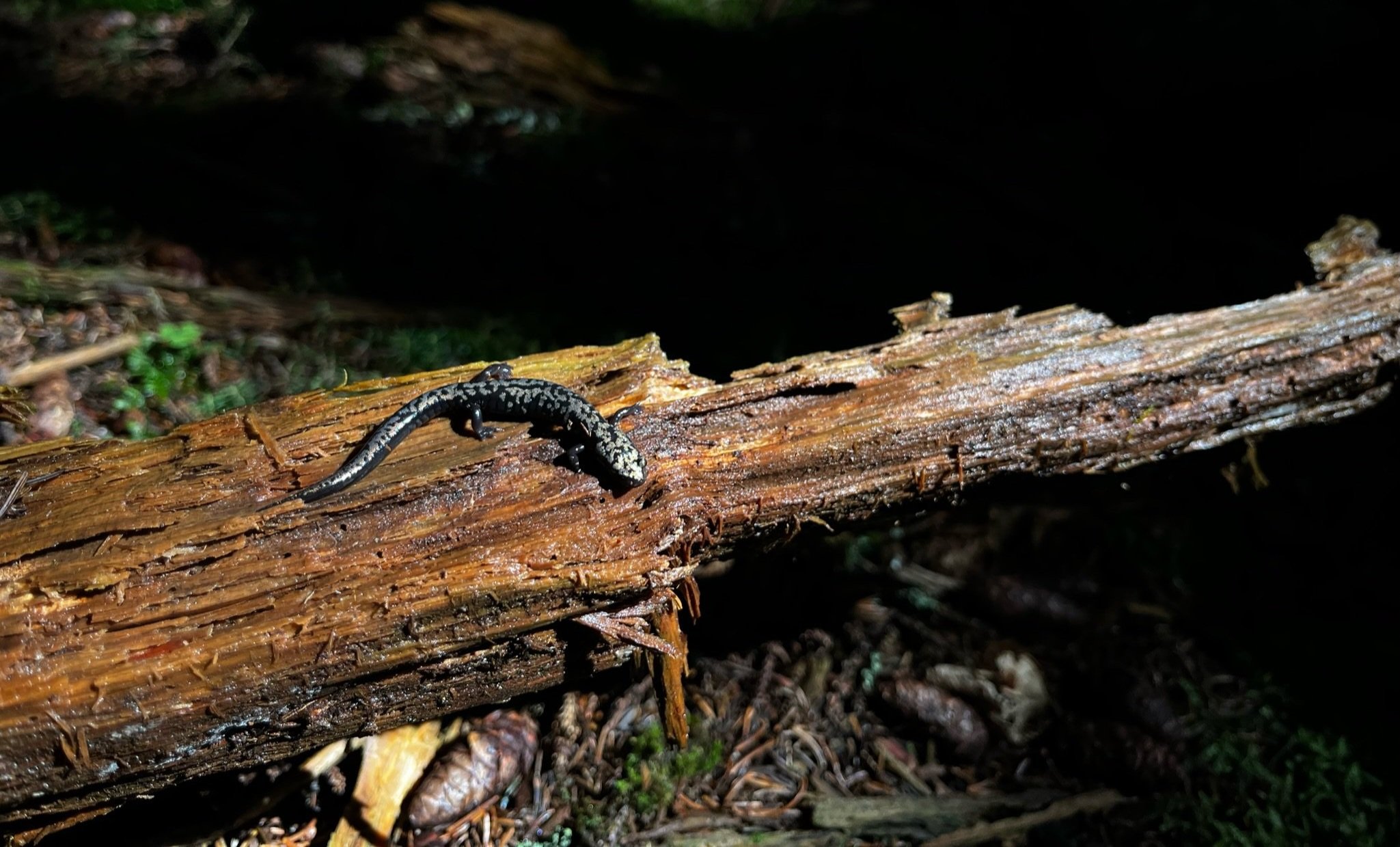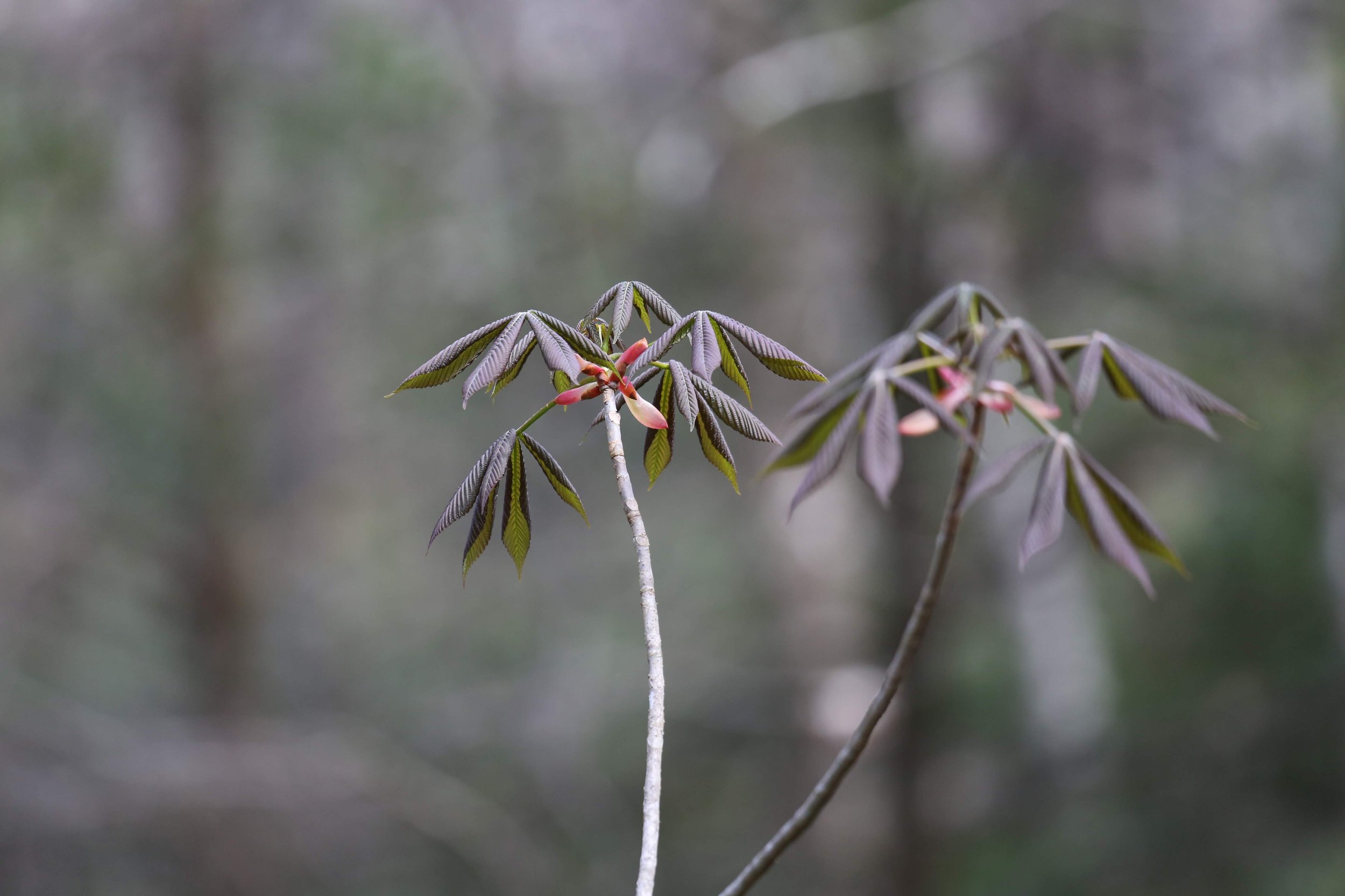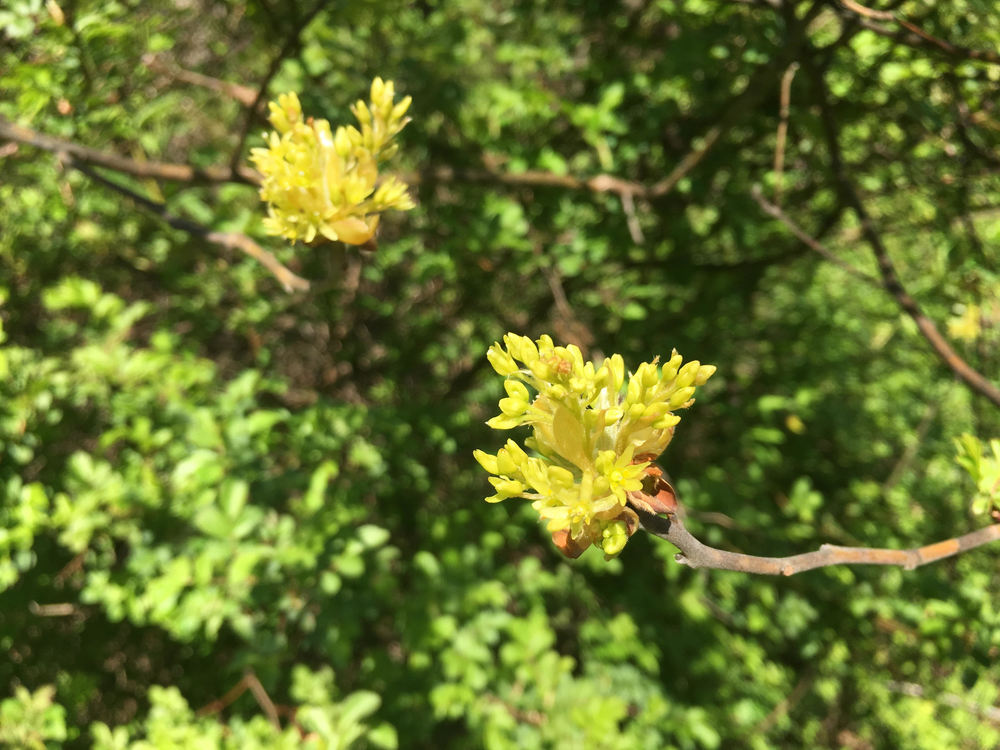


Spring Salamander Migration
As February draws to a close, the first warm spring rains nurture a tiny, threatened ecosystem nestled in the forest floor: vernal pools!

It's Almost Spring Rally Time!
The Mount Rogers Spring Naturalist Rally is almost here and we are so excited to share some of the programs!

Early Spring Wildflowers on the New River Trail
On Easter Saturday, 23 people joined Blue Ridge Discovery Center’s Explorers Club for our annual wildflower walk on the New River Trail. The 57-mile trail is the state’s “most narrow state park,” and the section between Low Water Bridge near Fries and Fries Junction, where a 12-mile spur trail heads to Galax, is a special spot for early spring wildflowers. Hike leader Carol Broderson briefly discussed the history of botanizing in Virginia and the fate of the “great forest” that covered the Appalachians.

Species Spotlight: Sassafras
Sassafras (Sassafras albidum) is blooming now in the Blue Ridge.
Sassafras is a member of the Lauraceae family. This family is characterized by having woody stems, simple leaves, and actinomorphic (star-shaped) flowers that are typically bisexual. A a rather small tree, it is commonly found in early successional habitat such as fence lines and field edges all throughout Virginia.